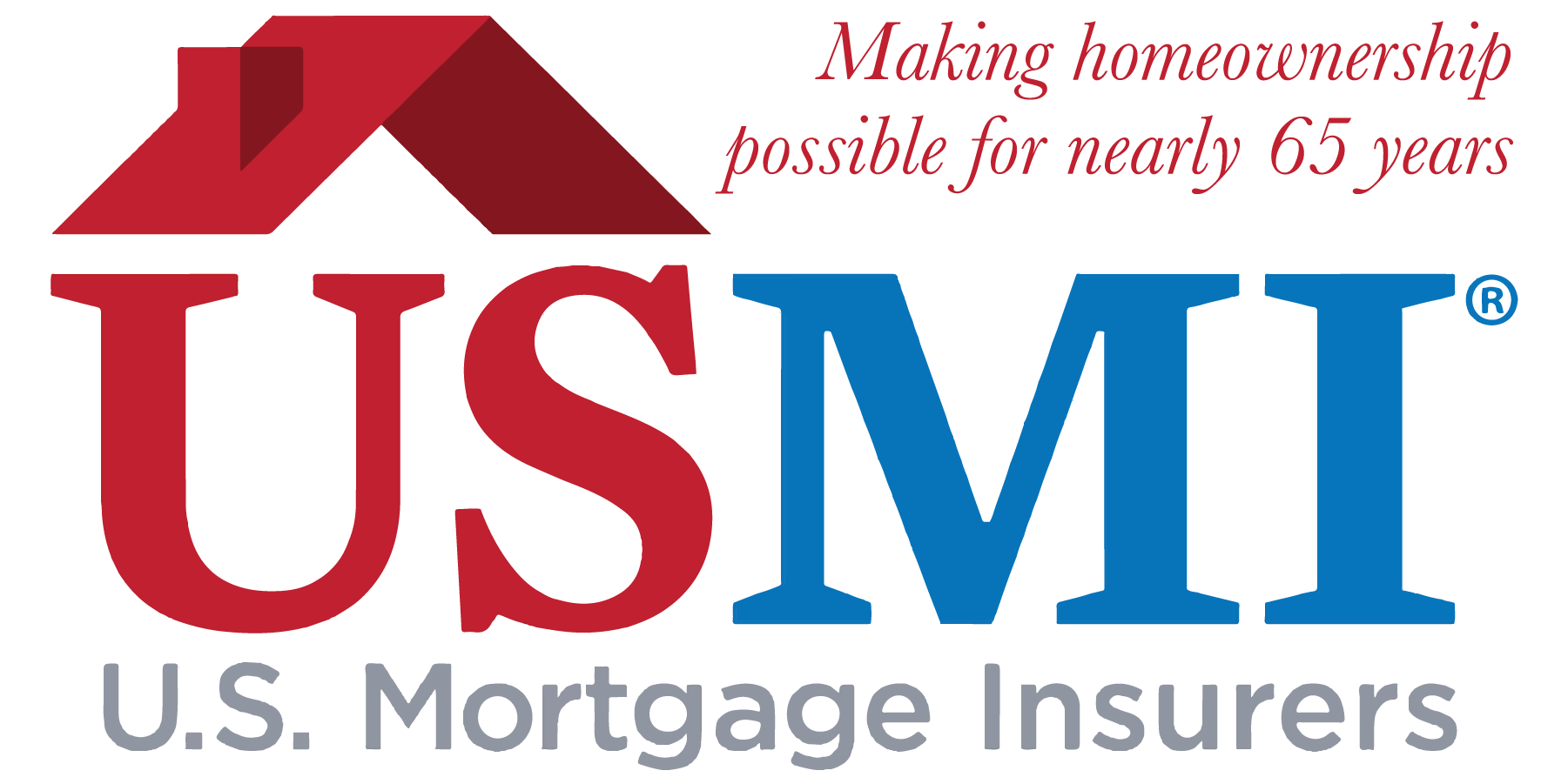As the Thanksgiving holiday nears, there has been a cornucopia of news in housing finance. Here is a roundup of recent news to ensure you stay up-to-date on the latest happenings. In a yearly ritual like the Macy’s Day Parade, the Federal Housing Administration (FHA) released its annual report to Congress highlighting the health of its Mutual Mortgage Insurance Fund (MMIF). In the days leading up to the release of the report, the Heritage Foundation wrote a blog post in opposition to terminating the FHA’s life of loan policy in collecting mortgage insurance premiums (MIP), which a number of groups have sought in recent months. Tax reform has gobbled up much of the news over the past few weeks, and this week the House of Representatives passed its tax reform bill. Finally, just like the abundant feasts of Thanksgiving, the House Financial Services Committee’s (HFSC) Housing and Insurance Subcommittee held Part III of its “Sustainable Housing Finance: Private Sector Perspectives on Housing Finance Reform” hearing series).
- FHA Releases 2017 Annual Report to Congress. The FHA released its annual report to Congress on the health of its MMIF for 2017 – an important measurement of the FHA’s fiscal strength in the housing finance market. According to the report, the MMIF stands at 2.09 percent, down from 2.35 percent last year and just slightly above the statutory requirement of 2 percent. The report also found that the FHA insures more than $1.2 trillion in mortgage credit risk – an increase from its 2016 annual report. DSNews reported that U.S. Department of Housing and Urban Development (HUD) Secretary Ben Carson is ensuring the public that HUD is working to better the fiscal health of the FHA. Secretary Carson said, “The fiscal health of FHA demands our constant attention and vigilance to ensure we can continue providing sustainable homeownership opportunities to working families without exposing taxpayers to excessive risk. Our duty is clear—we must make certain FHA remains financially viable so future generations can build wealth and climb the economic ladder of success.” In a statement on the FHA’s annual report to Congress, USMI President and Executive Director Lindsey Johnson said: “The FHA has taken important steps in recent years to improve its financial stability after requiring a $1.7 billion government bailout in 2013 when the agency did not have the necessary capital to cover losses, though more needs to be done. With more than $1.2 trillion in mortgage credit risk, the FHA must enhance its financial strength to continue to serve the borrowers who need it the most… Now is the time for the FHA to refocus on its core mission, scaling back from the oversized role it played during the recession so that it can return to serving low-to-moderate income individuals who need the FHA’s 100-percent government backed loans the most.”
- House of Representatives Passes Tax Reform Legislation. Yesterday, the House of Representatives voted 227 to 205 to pass R. 1, the “Tax Cuts and Jobs Act.” Among many other provisions included in the tax plan, the bill reduces the mortgage interest deduction from $1 million to $500,000 and caps the deduction for property taxes at $10,000. The U.S. Senate will soon vote on its own tax proposal and, if it passes, will go to conference with the House to negotiate a final bill through reconciliation. To read more about USMI’s views on the House’s tax reform bill, please click here.
- Housing and Insurance Subcommittee Holds Housing Finance Reform Hearing—Part III. A HFSC subcommittee received testimony from representatives of the Milken Institute, American Enterprise Institute (AEI), Moody’s Analytics, Cardiff Consulting Services, and the Urban Institute for housing finance reform. Importantly, former Ginnie Mae President and current Milken Institute Senior Fellow Ted Tozer called for a balanced deployment of government and private capital in support of a fairer and more efficient housing finance system, and also called for the overall reduction of the government footprint as more private capital re-enters the system at different points in the primary and secondary mortgage markets. Tozer’s remarks echo what other housing experts have said about private capital in the housing finance system, which reduces mortgage credit risk to U.S. taxpayers and the federal government.
- Heritage Foundation Opposes Terminating FHA Life of Loan Premium Coverage. In a recent article, Heritage Foundation scholars John Ligon and Norbert Michel spoke out against terminating FHA MIP, saying that “these changes would be unfair to federal taxpayers that subsidize the cost of the Federal Housing Administration’s insurance program.” The authors specifically mention a recent bill introduced in the House of Representatives that would eliminate the FHA’s current life of loan policy. The authors also urged neither Congress nor the FHA to make any policy changes that would weaken the agency’s ability to cover insurance losses. USMI also opposes reducing FHA’s premium or cancelling FHA’s premiums collected for the life of the loan, because the 100-percent government-backed FHA will continue to hold the same amount of mortgage credit risk while collecting less in insurance premiums, thereby putting taxpayers and the federal government at increased risk. In fact, according to the findings in the FHA’s 2017 annual report to Congress, if the FHA had reduced insurance premiums as planned in January, the MMIF would be at 1.76 percent and undercapitalized.












